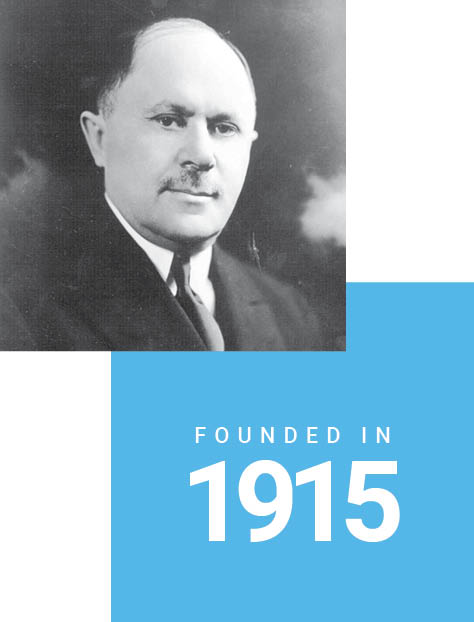
Moses Feldman establishes his first scrap operation in Dallas.
Who We Are
Since 1915, CMC (Commercial Metals Company) has built a legacy as a global leader in the sustainable recycling, manufacturing and fabrication of steel and construction solutions. Headquartered in Irving, Texas, CMC employs more than 13,000 people in 213 facilities across the United States (U.S.), the United Kingdom (U.K.), Central Europe and Asia.
CMC is a publicly traded company (NYSE: CMC) and is widely recognized for its commitment to professionalism, innovation and customer service.
The products we create form the backbone for buildings, highways, bridges and other structures all over the world. The markets we serve include infrastructure, commercial and residential construction, the energy industry, manufacturing and agriculture.
CMC started as a recycling business, and sustainable practices remain central to our DNA and ongoing mission.
Over the last 109 years, we’ve prioritized investing in new technologies and processes that improve quality while enhancing resource efficiency and utilization. All of our steel-producing facilities use energy-saving electric arc furnace (EAF) technology, which we pioneered. EAF technology significantly reduces the energy required to produce steel compared to the traditional integrated steelmaking technology (Basic Oxygen Furnace) used by most global steelmakers today. In 2009, we were the first in the world to successfully construct and operate the micro mill, which took efficiency to new levels.
For us, sustainability is never an afterthought. It guides us as we evolve our business to reflect our expanding role as a construction solutions provider. Our increasingly differentiated business model and focus on technological efficiencies enable us to reduce our costs and risks, which in turn allows us to develop and produce the sustainable products our society needs to build and grow.
